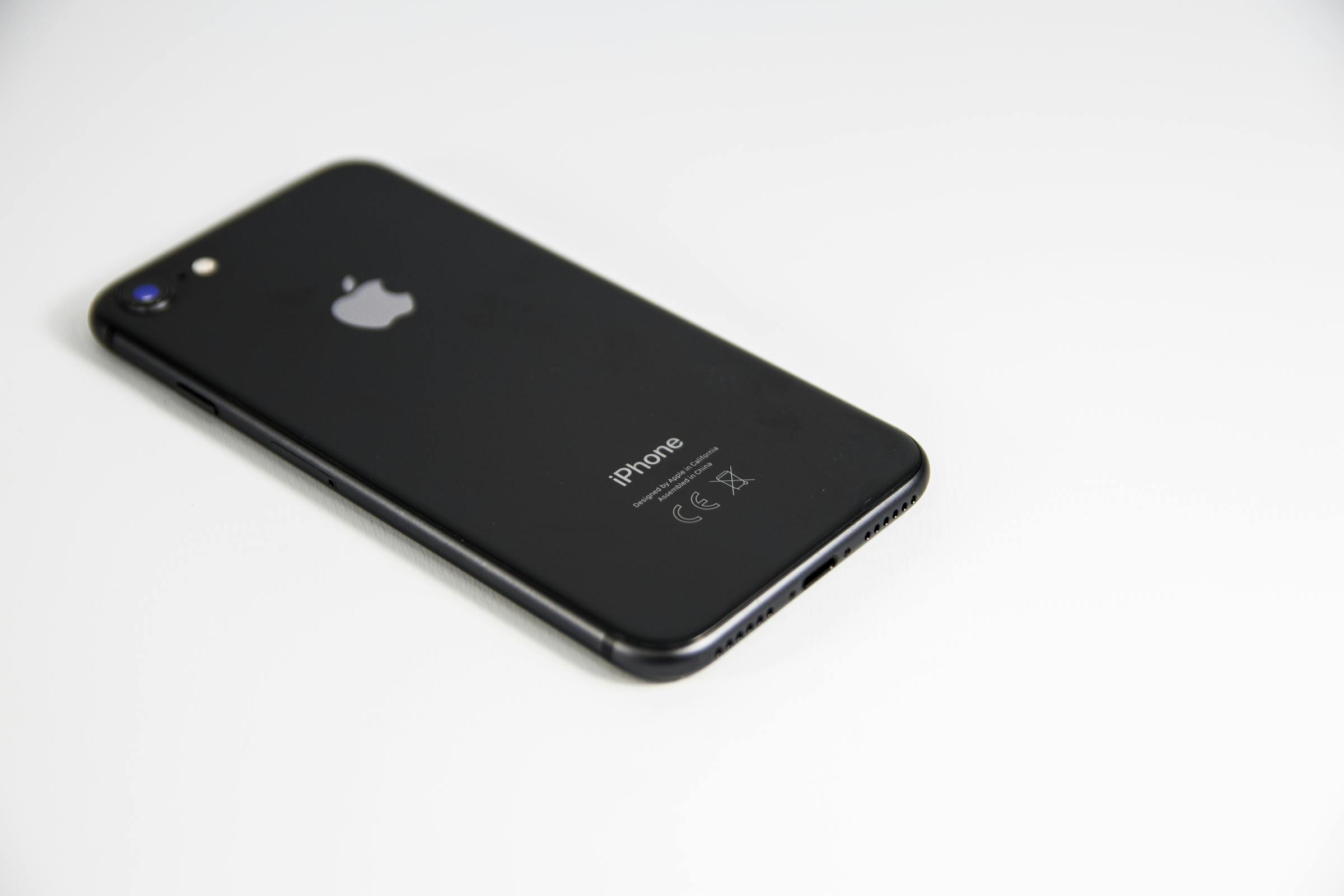Apple is preparing to unveil its latest budget iPhone model on Wednesday, aiming to capture a larger share of the mid-range smartphone market and strengthen its position against rivals such as Samsung and China’s Huawei. The fourth generation of the budget iPhone, commonly known as iPhone SE, will compete with popular Android smartphones at a time when artificial intelligence (AI) integration is becoming a key feature in consumer electronics.
The current-generation iPhone SE, launched in 2022, is priced at $429. The new iPhone SE 4 is expected to be priced slightly higher than its predecessor, positioning it as a more affordable alternative to the iPhone 16, which starts at $799 for the base variant.
According to Varun Mishra, senior analyst at Counterpoint Research, “If the SE 4 offers meaningful upgrades in design, performance, and AI features, it could reinvigorate its market appeal and strengthen Apple’s position across different price segments.”
Apple has recently forecasted strong sales growth, indicating that it expects to recover from a dip in iPhone sales as the company introduces AI tools to its devices in the coming months. However, analysts remain cautious about how much of a sales boost these tools will generate. Apple’s AI features will be rolled out in phases across different regions and languages on the latest iPhone 16 lineup and the iPhone 15 Pro model.
The SE model’s share of Apple’s total iPhone revenue has dropped significantly, from 10% at its introduction in 2016 to just about 1% last year, according to Counterpoint Research.
The iPhone SE 4 is expected to feature several upgrades, including a redesigned slab form factor, the removal of the physical home button, and the addition of FaceID, along with improvements to the camera and processor to support AI features. The model will also be the last among iPhones to adopt the USB Type-C port for charging, marking a shift from Apple’s proprietary Lightning connector.
This change in charging ports is significant, as Apple recently discontinued the current iPhone SE and iPhone 14 in the European Union due to non-compliance with local laws that mandate USB Type-C charging. With the new SE model, Apple will be able to re-enter the European market.
As Apple prepares to introduce these updates, all eyes will be on how the iPhone SE 4 performs in an increasingly competitive mid-range smartphone market, where the integration of AI features is rapidly becoming a key selling point for consumers.


